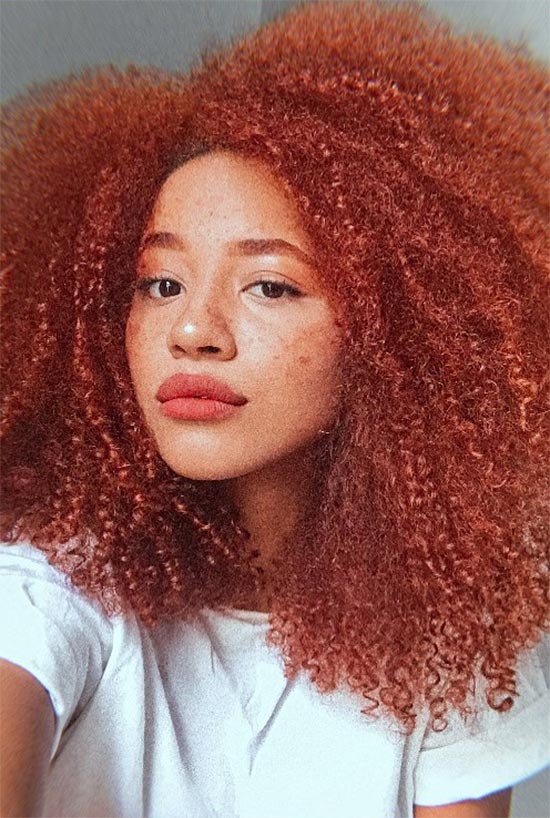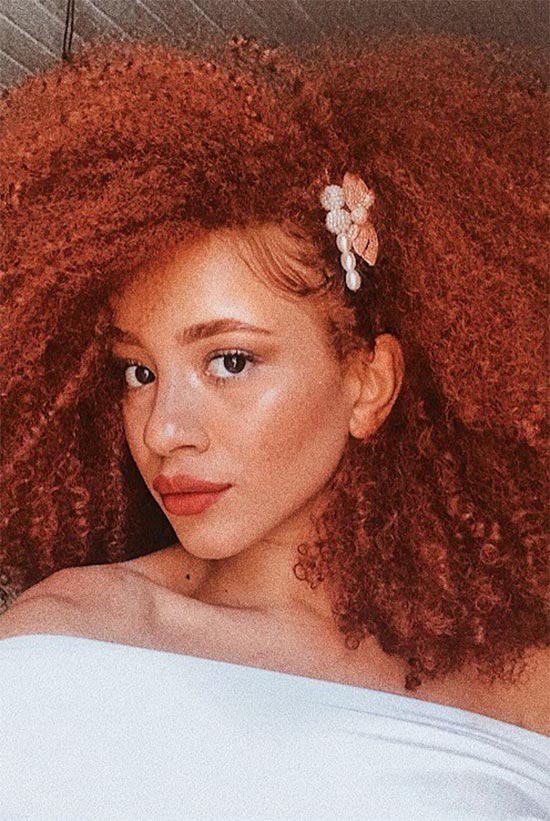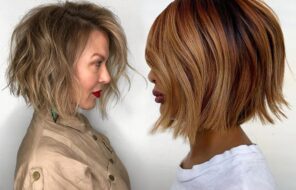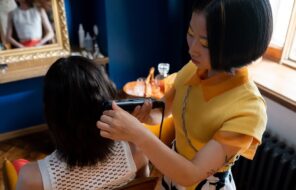Curly hair looks luxurious when it’s treated properly and when it is healthy. But how to take care of curly hair? Aside from investing in the best products for your curl type, there are some basic haircare tips to follow to make your curls shine. We discuss them in detail below!
Understanding Your Curl Type
You’ll find that “curly hair” is actually a rather large category that can include people with lightly wavy hair to those with kinky curly or tightly coiled hair. If you follow the Andre Walker Typing System, there are four major hair type categories numbered one through four. Each category is then broken down further into three subcategories.
- Type 1 is exclusively for straight hair.
- Types 2 through 4 include wavy through curly hair.
- Type 2A, 2B, and 2Cs are all wavy hair types where the hair has a defined “S” shape in the wave.
- Type 3A, 3B, and 3C is a range of “traditional” curly hair with a visible “S” shape with a corkscrew curl pattern.
- And type 4A, 4B, and 4C hair is the tightest curl pattern that creates that “S” shape when the hair is stretched.
Density and Porosity
However, it doesn’t stop there. You also need to understand terms like porosity and density.
Porosity refers to how easily your hair retains moisture and depends on how closely the cuticles on your hair shaft are overlapped. Porosity is often referenced as either low, normal, or high porosity.
Density refers to the thickness of your hair and how many individual hairs there are in a square inch on your scalp.
While it’s not as easy to determine density unless someone measured the total number of hairs in a square inch of your scalp, you can quickly determine porosity. After washing and blow-drying your hair, feel the texture while it’s damp. If it feels rough, you have low-porosity hair. If it just feels wet, you have normal-porosity hair. And if it feels sticky like it still has product in it, then you have high-porosity hair.
Curly Hair Care Routine
Curly hair is a glorious thing to behold, but you know that you can’t treat your hair the exact same way as someone with straight hair might do. In addition to using the right curly hair products that are designed to bring out the best in your curls, following a few smart tips for caring for your curls can go a long way towards ensuring that bad hair days are far and few between.
Finding the Right Styling Tools
Because “curly hair” is an expansive category, you need to find the right styling tools that are going to work for your specific curl type.
Many experts will de facto say, don’t use a hair brush if you have curly hair. But the truth is that depending on your curl type, something like the classic Denman brush, or even the newly popular EZ-Detangler brush can be used on your hair – even if you have coily hair. So again, it’s important to do a little experimenting and find the right tools that will work for your hair type.
However, all curly heads, from wavy to coily, can benefit from a quality wide-tooth comb. These combs have (as the name implies) teeth that are spaced farther apart so they’re less damaging. Make sure that they’re seam-free, so that they’re less likely to snag on your hair. Plus, a wide-tooth comb is the perfect detangling tool and is flat enough to be travel-friendly too.

Detangling Curly Hair
Tangled curly hair can be intimidating, especially if those tangles have been sitting in your head for a day or two (or three!). For the best results – no matter your curl type – you should always detangle curly hair when it’s damp or wet.
While hair is in a more fragile state when wet, it also has more elasticity, so it’ll be easier to work knots out of the hair. If you attempt to detangle your hair when it’s dry, be prepared for a lot of breakage and split ends.
- Fully saturate the hair with your preferred detangling solution to help provide added slip to work through knots. But in a pinch, you can also mix your favorite conditioner with water and spritz it throughout your hair.
- There’s a lot of dissent in the curly community about whether hair should be detangled before washing or while washing. In our opinion, this is going to depend on your curl pattern and the severity of your tangles. For very curly/ kinky textures or hair that is extremely tangled, it’s probably best to do all detangling before you hop in the shower. This way, you can see in a mirror any areas that need more attention.
- Once the hair is properly wet and saturated, section your hair into manageable portions and begin by working from the ends and slowly combing or brushing as you work up the length of your hair.
- Type 4 textures should opt for a wide-toothed comb or finger detangle to work through any knots in their hair.

Consider Your Styling Products
The majority of styling products that are designed specifically for curly hair usually lack alcohol. Alcohol is a drying agent that pulls moisture out of your hair. And considering that curly hair tends to be on the dry side, products with alcohol in the ingredient list are a big no-no. Instead, notice that most of our picks for the best curly hair products were infused with natural oils or even wheat or silk complexes to help rebuild and repair your hair.
Maintaining Curly Styles
Day-one curly hair looks fantastic. But after a good night’s rest, those curls might look a little sad. There are two ways to maintain your hair so that days two, three, and four look as awesome as the first day.
First, swap out those cotton pillowcases for a silk one. Cotton can pull moisture out of your hair and catch against your strands, which only helps to encourage damage and knots. In contrast, silk is much gentler on your hair.

Next, become a fan of “pineappling” before bed. With this method, you gather up your curly hair onto the top of your head and create a bun or top knot. This allows the majority of your hair to maintain its curl pattern. In the morning, take your hair down and fluff it out to help retain the curl pattern and bring a bit of life to the few strands that might have gotten crushed overnight.
Keep Heat Styling to a Minimum
We all love our flat irons or blow dryers, but using heat tools too frequently can lead to heat damage, which can ruin your curl pattern. Opt for heat-free styling methods like air-drying or even banding to help dry your hair.
When you do use heat tools, always be sure to use a heat protectant product for curly hair first. For blow dryers, use a diffuser to prevent disturbing the curl pattern. The goal should be to leave the hair slightly damp but not 100% dry. Also, make sure that you’re using the lowest heat you possibly can while still achieving your desired style.

Find the Right Stylist
Not everyone is a pro at working with curly hair – and this is especially true if you’re a natural-head. The wrong stylist can unintentionally end up damaging your curly hair. Look for stylists that know how to wash, cut, and style your curl type. They’ll also be able to recommend the right curly hair products as well as techniques that can ensure your hair looks fabulous every day.
Photos via @_falamana, Instagram





